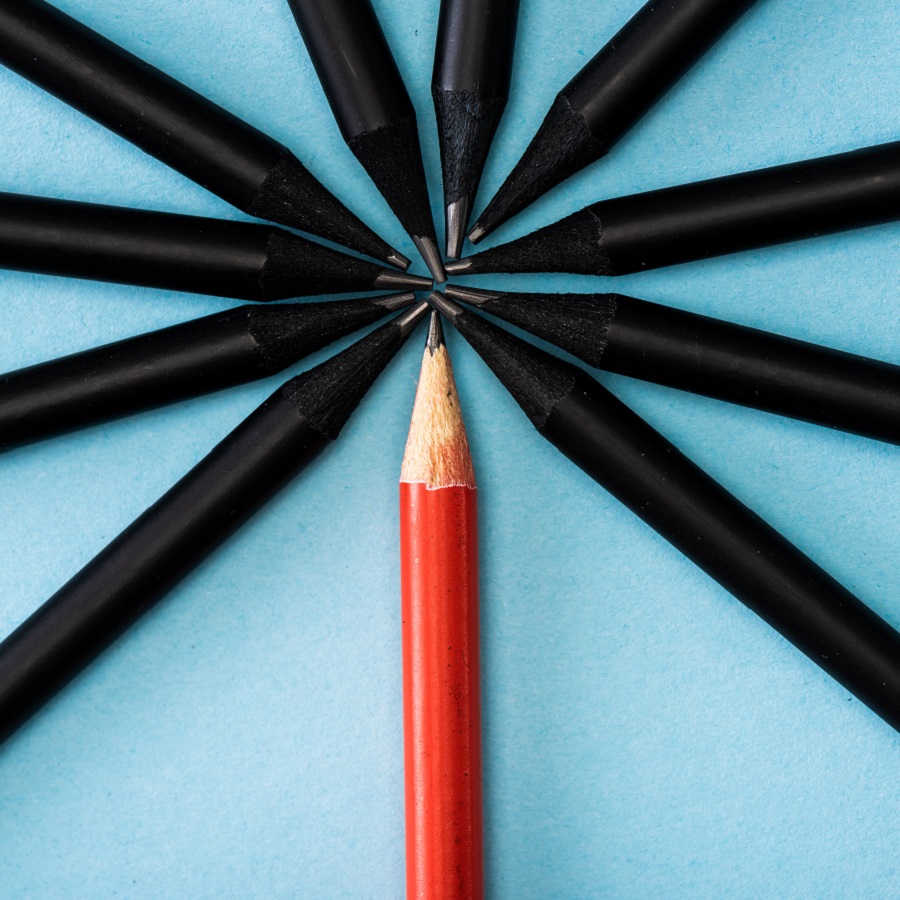Colored pencils, a staple in the art world, offer endless possibilities for both professional artists and hobbyists. Understanding the variety, composition, and techniques associated with colored pencils can elevate your art to new heights. In this guide, we’ll explore the nuances of colored pencils, from their components and types to tips on making the most of these versatile tools.
Introduction to Colored Pencils
Colored pencils have a rich history in the art world, serving as a versatile medium for various forms of artistic expression. From detailed illustrations to vibrant sketches, colored pencils are beloved for their precision and portability. Their wide range of applications spans across different art forms, making them an essential tool in every artist’s kit.

Types of Colored Pencils
Oil-Based Colored Pencils
Oil-based colored pencils are known for their vibrant and heavy pigmentation. The waxy texture allows for a unique tactile quality, enabling artists to create striking textures and details. However, they are less suited for multi-layering and can be difficult to erase. For artists looking to achieve bold, intense colors, oil-based colored pencils are an excellent choice.
Water-Soluble Colored Pencils
Water-soluble colored pencils, often referred to as watercolor pencils, offer the flexibility of both dry and wet mediums. When used dry, they resemble oil-based pencils but with less vivid colors. When water is added, these pencils transform into a paint-like medium, creating watercolor effects. This dual functionality makes them ideal for architectural sketches and quick studies. However, achieving a smooth color layer can be challenging, often resulting in a more textured appearance.
Pastel Colored Pencils
Pastel colored pencils provide strong coverage with a powdery texture. They are great for layering and blending, offering a chalky finish that can add a unique texture to your artwork. However, pastel pencils are prone to smudging and can easily dirty your work surface. Despite this, their ability to create soft transitions and delicate shading makes them a favorite among many artists.
Composition of Colored Pencils
Understanding the components of colored pencils can help you choose the best tools for your work. Colored pencils generally consist of four main components: pigments, fillers, binders, and the wooden casing.
Pigments
Pigments are the key ingredients that give colored pencils their hues. These can be derived from natural minerals or manufactured synthetically. Natural pigments, such as ochre, carbon black, and limestone, offer earthy tones, while synthetic pigments provide a broader spectrum of colors. Each type of pigment brings its own unique qualities and vibrancy to the pencil.
Fillers
Fillers, such as wax and talc, are added to colored pencils to provide the core with a specific texture and hardness. Fillers also help reduce the overall cost of the pigments. For instance, wax fillers give the pencils a smooth application, while talc can add a bit of texture.
Binders
Binders, including glycerides, waxes, and resins, are what hold the pigments and fillers together. The type and quality of the binder can significantly affect the pencil’s performance. High-quality binders ensure that the pencil applies smoothly and that the color adheres well to the paper.
Wooden Casing
The wooden casing of a colored pencil is not just for protection but also for handling ease. Commonly used wood types include linden, poplar, and softwoods. The type of wood can influence the ease of sharpening and the overall durability of the pencil.
Choosing the Right Colored Pencils
Selecting the right colored pencils depends on your specific needs and artistic goals. Factors to consider include the range of colors, the hardness of the pencils, and your budget. For professional artists, investing in high-quality pencils with a wide color range is essential. Brands like Durzerd (
https://www.durzerd.com/Colored-Pencil.html
) offer a diverse selection of premium colored pencils that cater to different artistic needs. For hobbyists or school projects, affordable and customizable options like those found at
CPencils.com
(
24 Piece Black Wood Colored Pencil Set – 24 Pack of Coloring Pencils for Adults – Colored Pencils with Sharpener – 24 Count Color Pencils for Artists & Colored Pencils for Adult Coloring.
) might be more suitable.
Techniques and Tips for Using Colored Pencils
Mastering colored pencil techniques can significantly enhance your artistic output. Here are some fundamental and advanced tips:
Basic Techniques
-
Blending:
Use a light touch to layer colors gradually, creating smooth transitions. Blending tools such as blending stumps or even cotton swabs can help achieve a more polished look. -
Layering:
Apply multiple layers of different colors to build depth and richness. Start with lighter shades and gradually add darker tones for a more realistic effect.
Advanced Techniques
-
Burnishing:
A technique where a colorless blender pencil or a white pencil is used to polish the layered colors, creating a smooth, waxy finish. -
Sgraffito:
Scratching through a layer of color to reveal the layer beneath, creating intricate designs and textures.
For further reading on colored pencil techniques, you might find this resource helpful.
Caring for Your Colored Pencils
Proper care and maintenance can extend the life of your colored pencils. Here are some tips to keep them in top condition:
-
Storage:
Store your pencils in a sturdy case to prevent breakage and keep them organized. -
Sharpening:
Use a high-quality sharpener to maintain a fine point without splintering the wood casing. -
Handling:
Avoid dropping your pencils, as this can cause the core to break inside the casing.
If you encounter issues with your colored pencils, such as frequent breakage or inconsistent color application, consult this troubleshooting guide.
By understanding the intricacies of colored pencils and applying the right techniques, you can unlock their full potential. Whether you’re a professional artist or a hobbyist, the right tools and knowledge can make all the difference in your creative journey.



